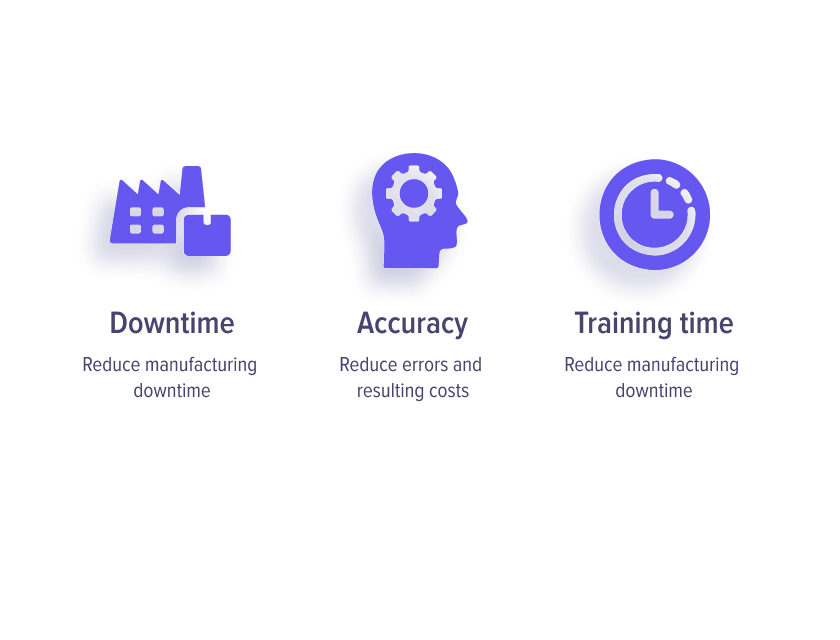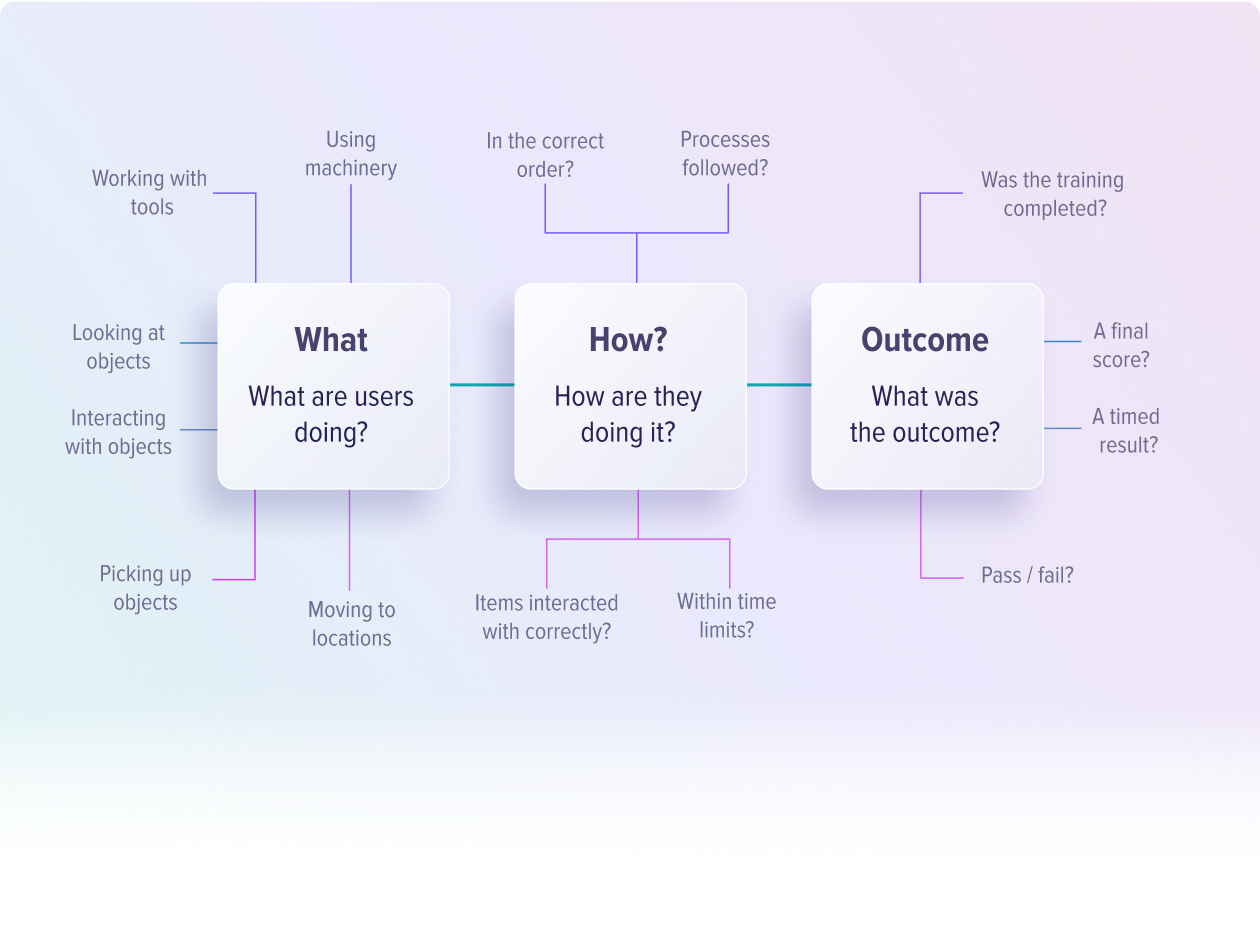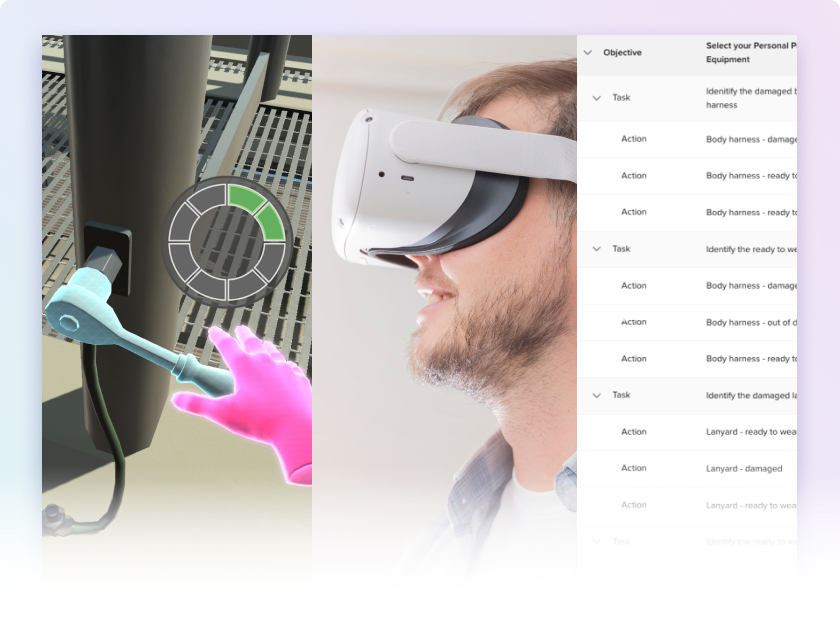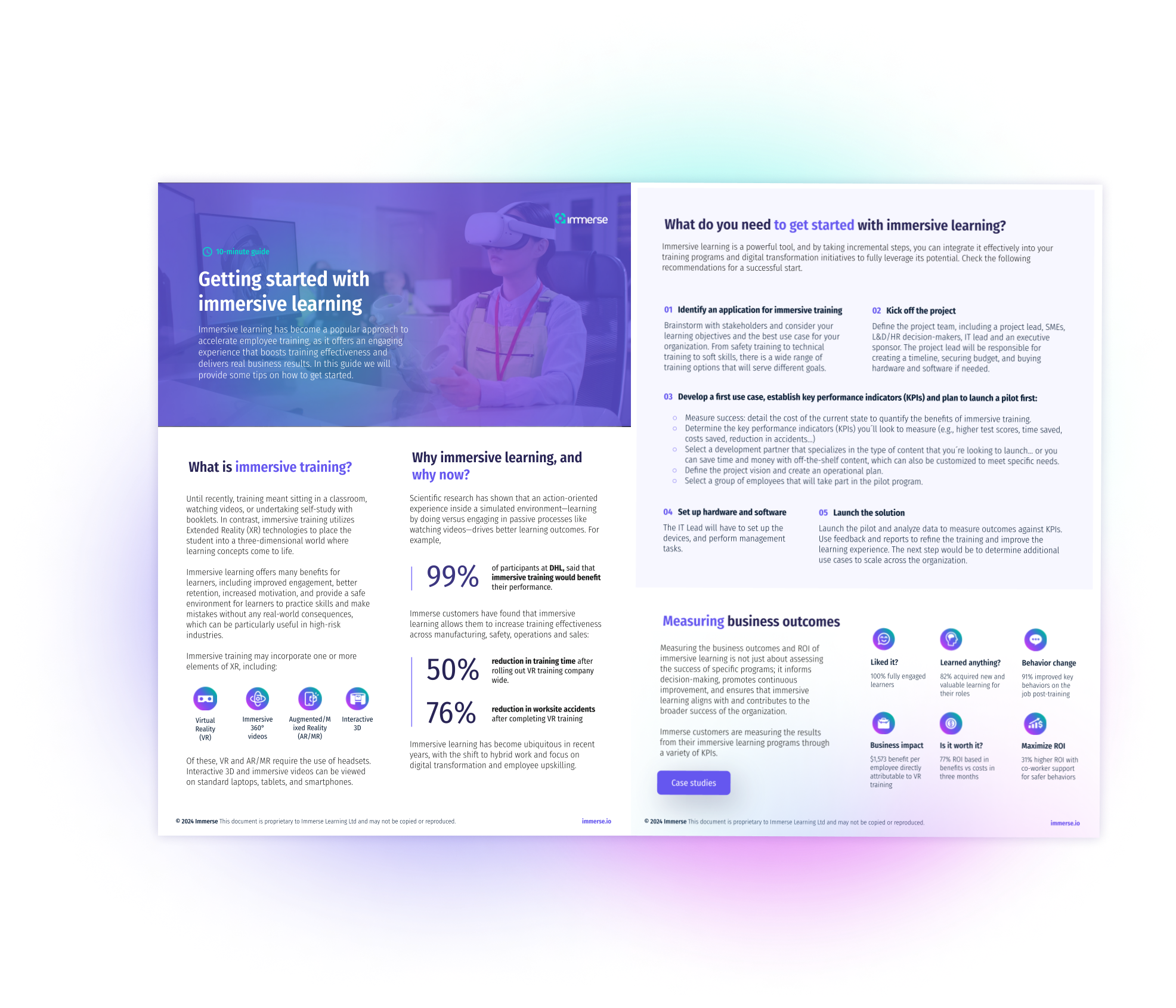Download the ‘Getting Started’ guide
Download our guide to access a checklist and learn everything you need to know about starting with immersive training.

Discover the top 5 considerations to take an early-stage VR project off the ground, and scale when needed.

Your use case must have a hypothesis focused on the unique and additional value VR will add. Choose a training problem that is not currently being solved adequately and where the gap between VR and existing solutions is 100% clear.

To prove your hypothesis that VR is better, you will need a clear view of what good looks like. You might use existing solutions as a benchmark, or simply model the cost-benefit ratio. Regardless, to validate your assumptions you will need data.

As early as possible, consider the data and insights your project will need to demonstrate success. Too often we see early-stage VR projects languishing in limbo due to poor or absent data, making tangible business value hard to prove.

Remember that a VR project isn’t just about the content. To fully understand the end-to-end user experience and scope of cost and complexity, you’ll need to build a plan that considers hardware, distribution and data flows.

The most successful VR projects have multi-functional teams that include operations, L&D, project management and IT. Not everyone will be actively involved, but early engagement will lead to a resilient business case and reduce future friction.
Download our guide to access a checklist and learn everything you need to know about starting with immersive training.
